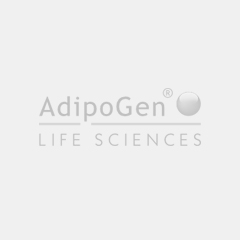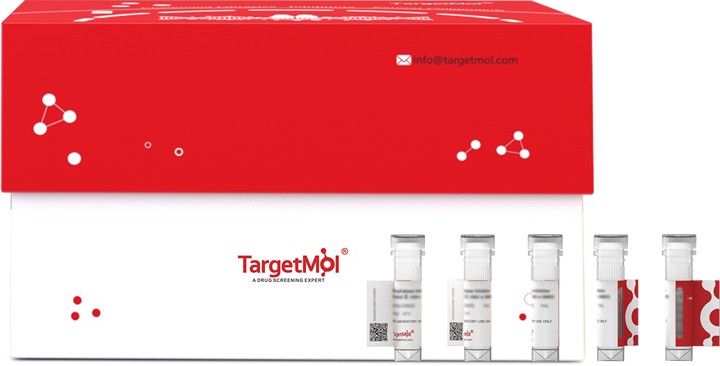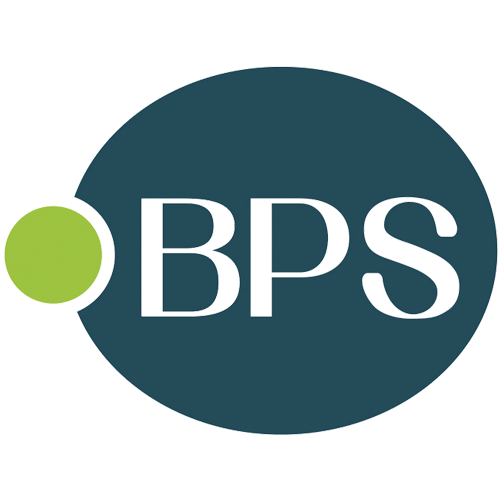
Protein structure of IL-4 (human) (monomeric):Fc (LALA-PG)-KIH (human) (rec.) (Prod. No. AG-40B-0261).
IL-4 (human) (monomeric):Fc (LALA-PG)-KIH (human) (rec.)
AG-40B-0261
Protein IDP05112
Product group Proteins / Signaling Molecules
Overview
- SupplierAdipoGen Life Sciences
- Product NameIL-4 (human) (monomeric):Fc (LALA-PG)-KIH (human) (rec.)
- Delivery Days Customer10
- CertificationResearch Use Only
- Concentration1 mg/ml
- Estimated Purity>95%
- Protein IDP05112
- Protein NameInterleukin-4
- Scientific DescriptionInterleukin-4 (IL-4) is a monomeric TH2 cytokine of approximately 17 kDa that shows pleiotropic effects during immune responses. It functions as a potent regulator of immunity. IL-4 was first identified as a T cell-derived growth factor for B cells. IL-4 and IL-13 activate many common signaling pathways. IL-4 is mainly produced by Th2 cells, but can also be secreted by natural killer T (NKT) cells, mast cells, eosinophils, basophils, and innate-type lymphoid cells. IL-4 can signal through the type II IL-4 receptor, which is a heterodimer of IL-4Ralpha and IL-13Ralpha1 chains, and also through the type I IL-4 receptor, which is a heterodimer of IL-4 receptor alpha (IL-4Ralpha) and common gamma(gammac) chains. IL-4 binding results in tyrosine kinase Janus kinase 1 (JAK1) and JAK3 activation. IL-4 and IL-13 may be involved at several levels of the fibrotic process since they activate the fibroblasts that differentiate into myofibroblasts, and they stimulate extracellular matrix (ECM) production and deposition. IL-4 functions as a co-mitogen of B-cells. It is important in leukocyte survival, Th2 cell-mediated immunity, IgE class switching in B cells, and tissue repair and homeostasis through alternative macrophage activation. The protein IL-4 (human) (monomeric):Fc (LALA-PG)-KIH (human) (rec.) is produced by using two different vectors, one encoding for the IL-4 (human):Fc (LALA-PG) Knobs sequence (synthesizing a protein of 50kDa) and one encoding for the Fc (LALA-PG) Holes sequence (synthesizing a protein of 28kDa). Both vectors transfected into HEK293 cells produce both Fc molecules (Knobs-into-Holes technology; J.B. Ridgway, et al.; Protein Eng. 9, 617 (1996)) required for dimerization of the Fc moieties and for secretion of the final protein IL-4 (human) (monomeric):Fc-KIH (human) (rec.). The LALA-PG mutations inhibit binding to FcgammaRs and C1q while FcRn binding and Fc stability remain unaffected. InVivoKines™ are a new generation of recombinant fusion proteins for immunotherapeutic, preclinical and translational in vivo research, developed and manufactured by AdipoGen Life Sciences. - InVivoKines™. Recombinant Protein. Human IL-4 (aa 25-153) is fused at the C-terminus to the Fc portion of human IgG1 (LALA-PG) (Knobs-into-Holes technology) (see reference: J.B. Ridgway, et al.; Protein Eng. 9, 617 (1996)). Lyophilized. Contains PBS. Interleukin-4 (IL-4) is a monomeric TH2 cytokine of approximately 17 kDa that shows pleiotropic effects during immune responses. It functions as a potent regulator of immunity. IL-4 was first identified as a T cell-derived growth factor for B cells. IL-4 and IL-13 activate many common signaling pathways. IL-4 is mainly produced by Th2 cells, but can also be secreted by natural killer T (NKT) cells, mast cells, eosinophils, basophils, and innate-type lymphoid cells. IL-4 can signal through the type II IL-4 receptor, which is a heterodimer of IL-4Ralpha and IL-13Ralpha1 chains, and also through the type I IL-4 receptor, which is a heterodimer of IL-4 receptor alpha (IL-4Ralpha) and common gamma(gammac) chains. IL-4 binding results in tyrosine kinase Janus kinase 1 (JAK1) and JAK3 activation. IL-4 and IL-13 may be involved at several levels of the fibrotic process since they activate the fibroblasts that differentiate into myofibroblasts, and they stimulate extracellular matrix (ECM) production and deposition. IL-4 functions as a co-mitogen of B-cells. It is important in leukocyte survival, Th2 cell-mediated immunity, IgE class switching in B cells, and tissue repair and homeostasis through alternative macrophage activation. The protein IL-4 (human) (monomeric):Fc (LALA-PG)-KIH (human) (rec.) is produced by using two different vectors, one encoding for the IL-4 (human):Fc (LALA-PG) Knobs sequence (synthesizing a protein of 50kDa) and one encoding for the Fc (LALA-PG) Holes sequence (synthesizing a protein of 28kDa). Both vectors transfected into HEK293 cells produce both Fc molecules (Knobs-into-Holes technology; J.B. Ridgway, et al.; Protein Eng. 9, 617 (1996)) required for dimerization of the Fc moieties and for secretion of the final protein IL-4 (human) (monomeric):Fc-KIH (human) (rec.). The LALA-PG mutations inhibit binding to FcgammaRs and C1q while FcRn binding and Fc stability remain unaffected. InVivoKines™ are a new generation of recombinant fusion proteins for immunotherapeutic, preclinical and translational in vivo research, developed and manufactured by AdipoGen Life Sciences.
- Storage Instruction-20°C,2°C to 8°C
- UNSPSC12352202





